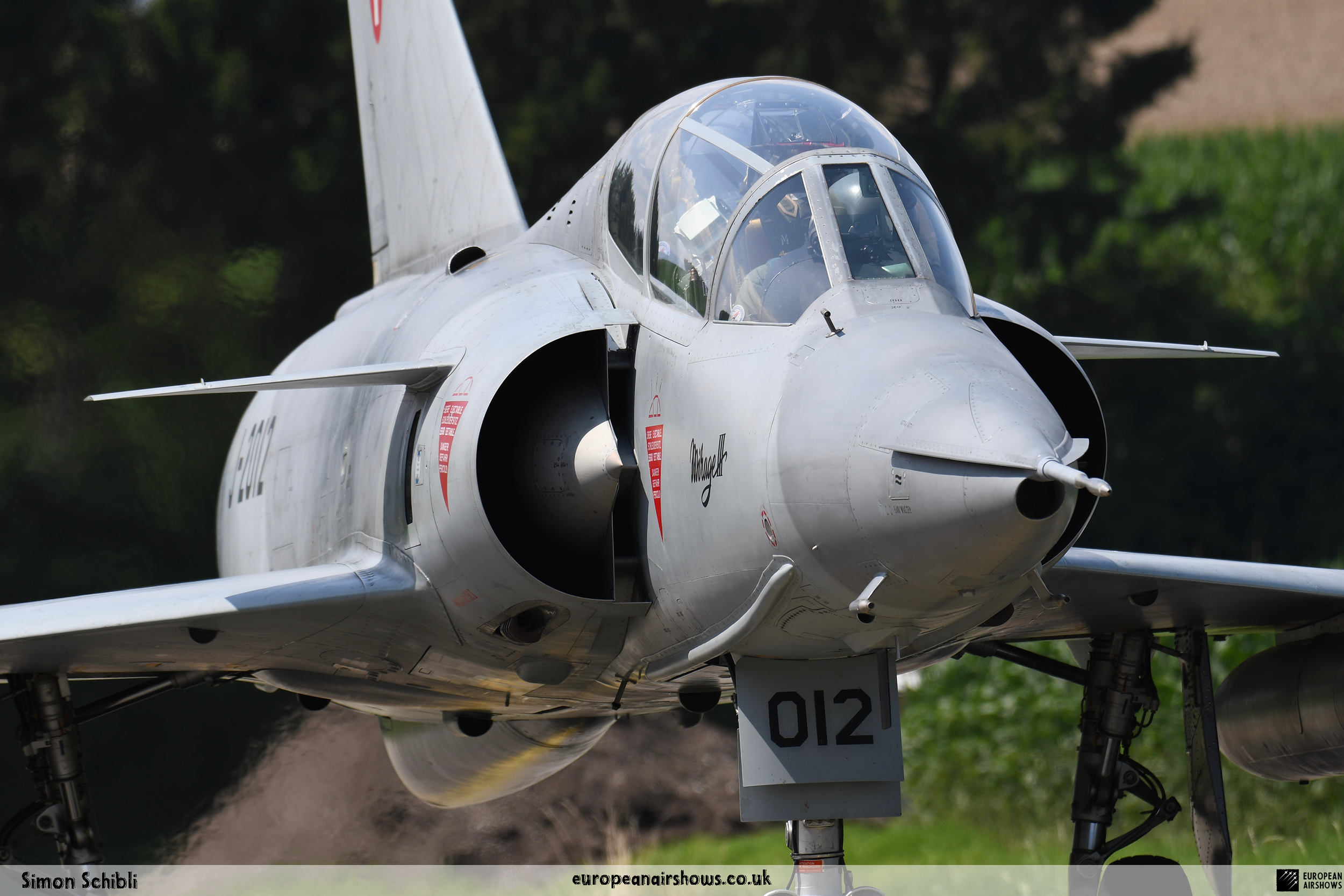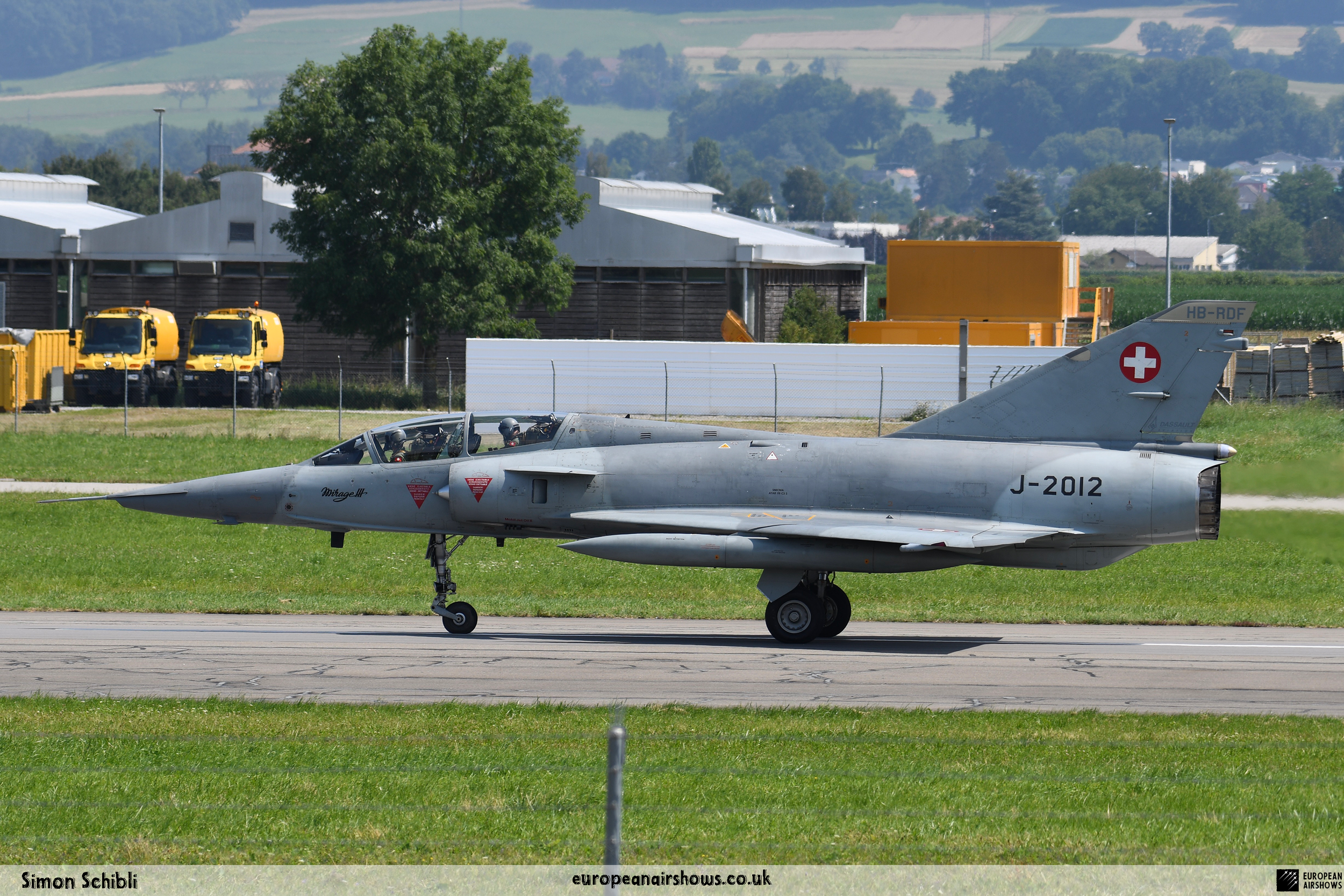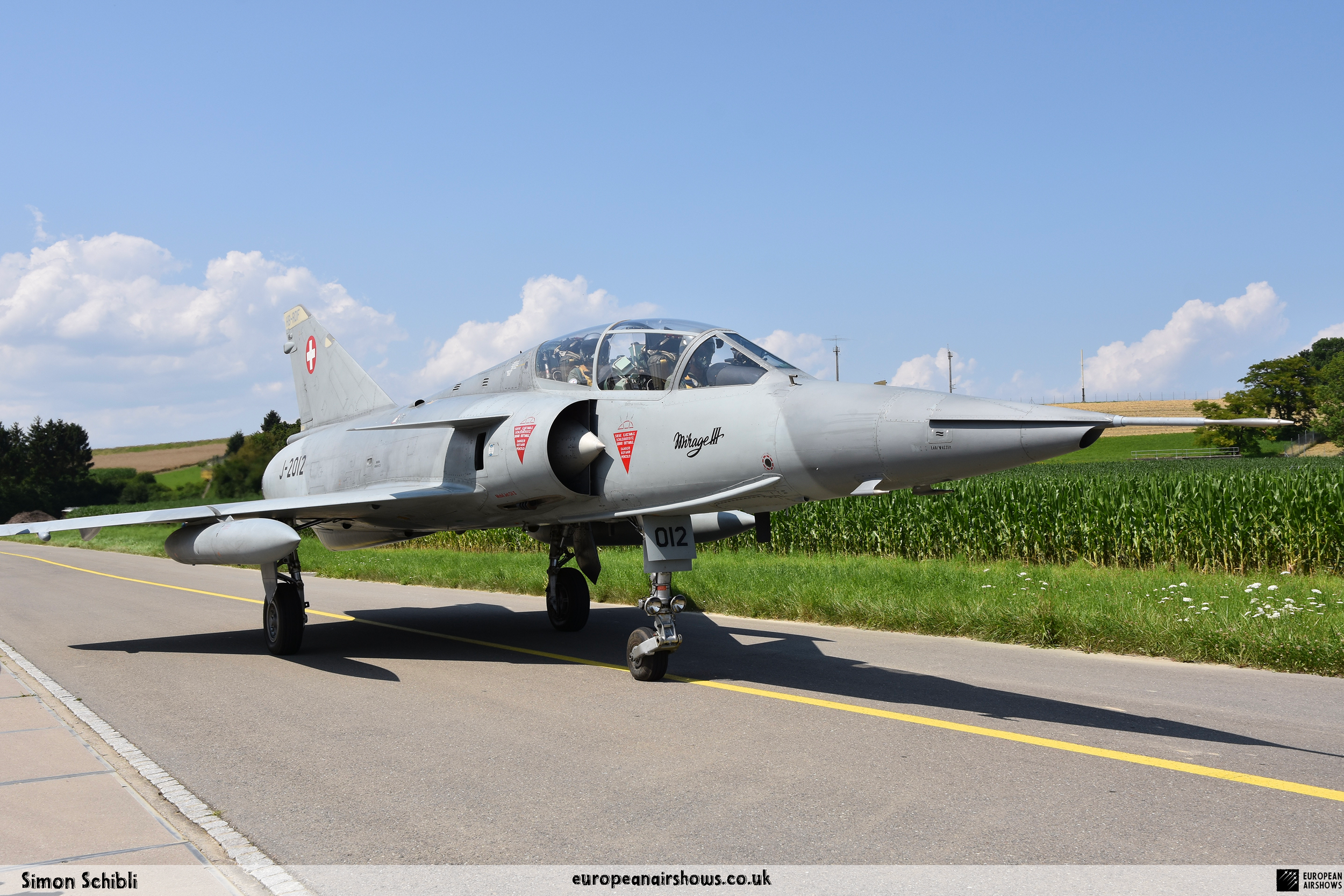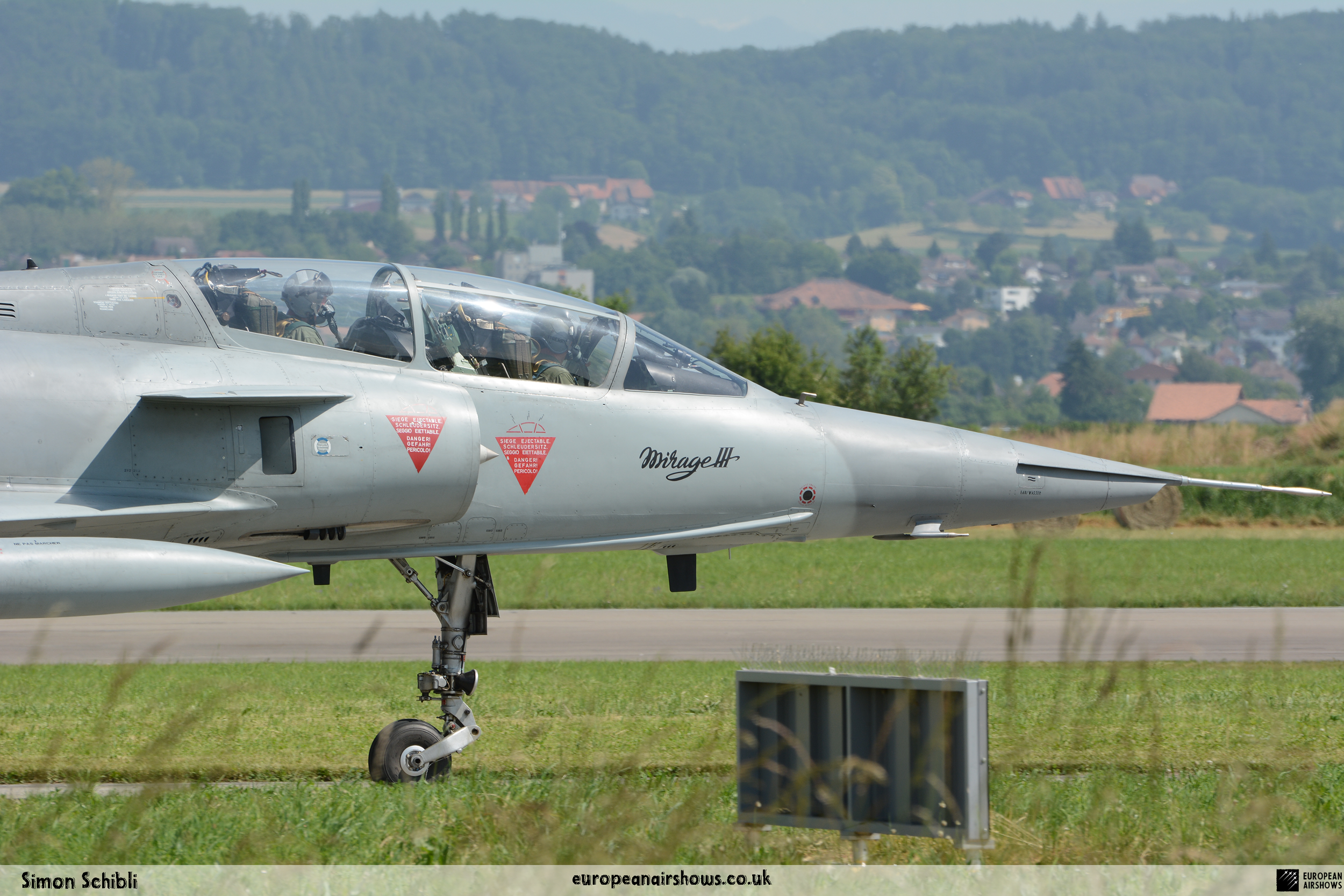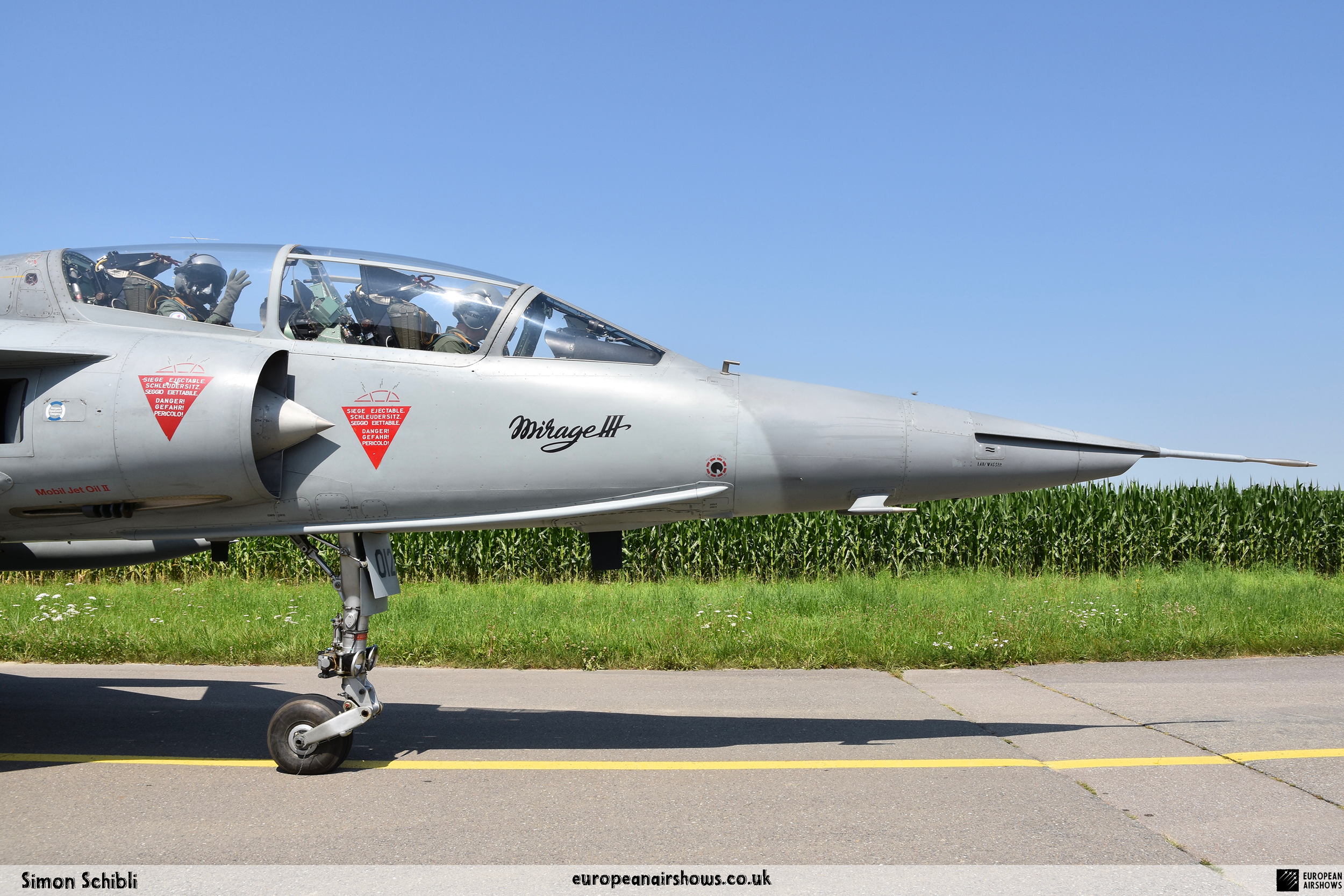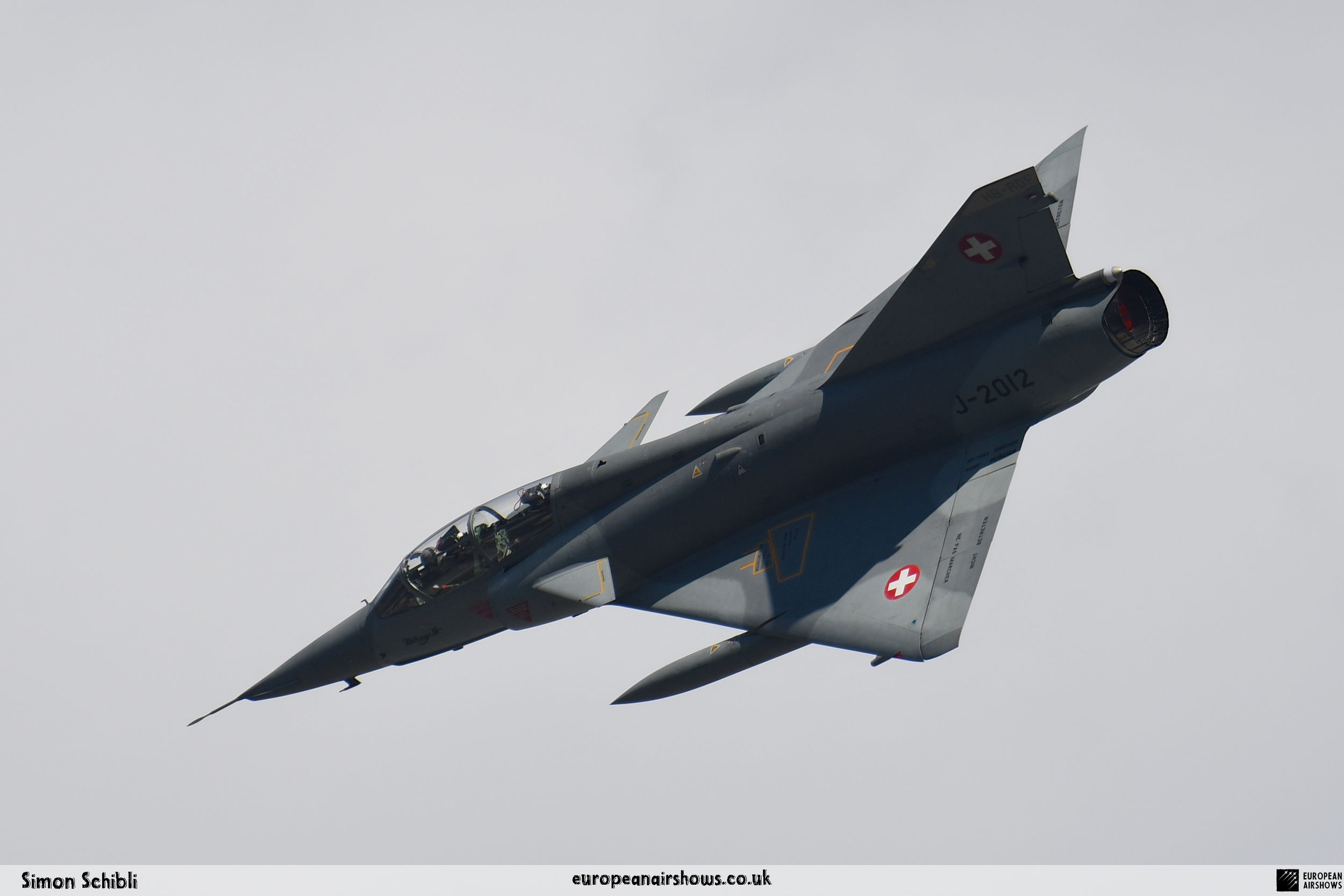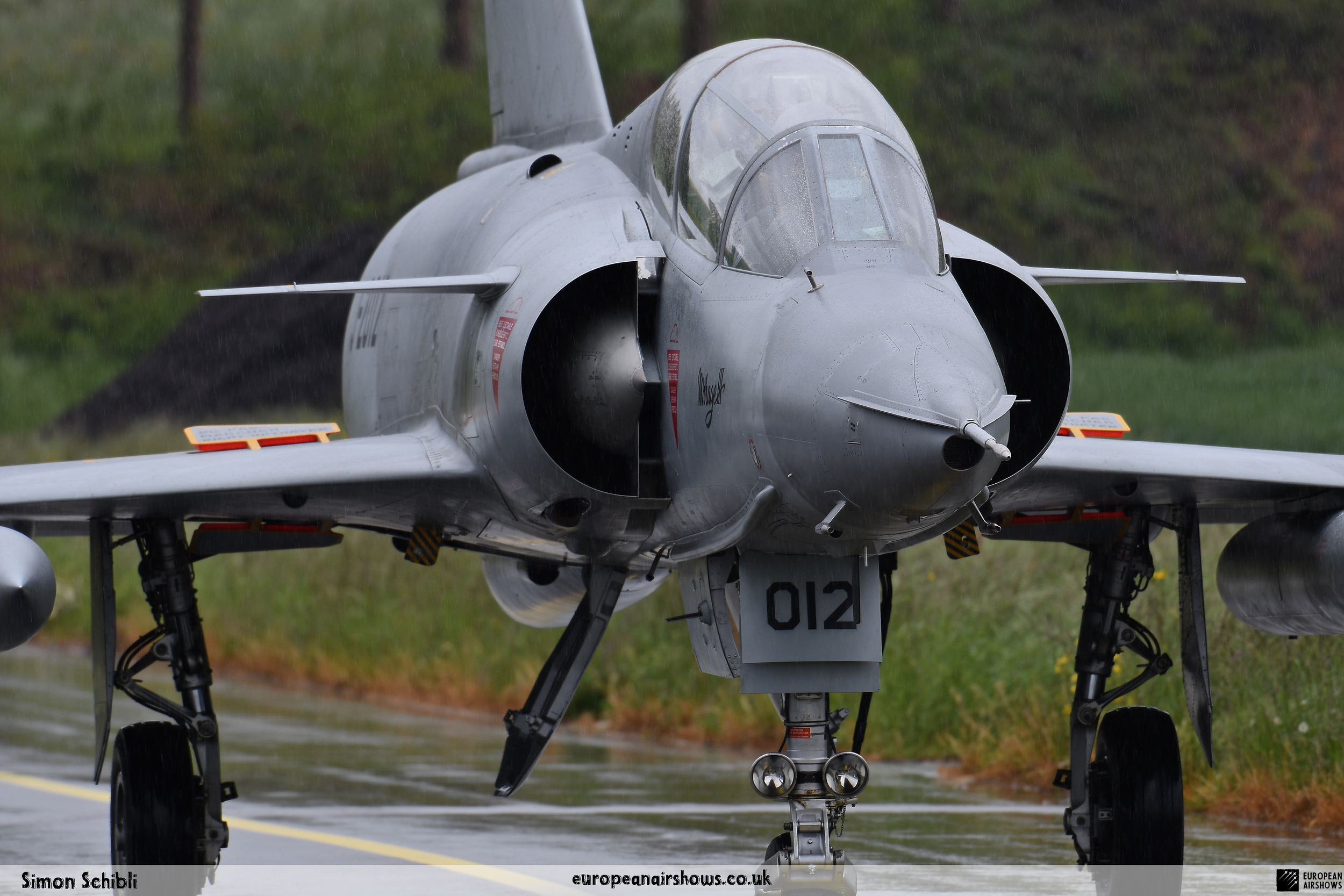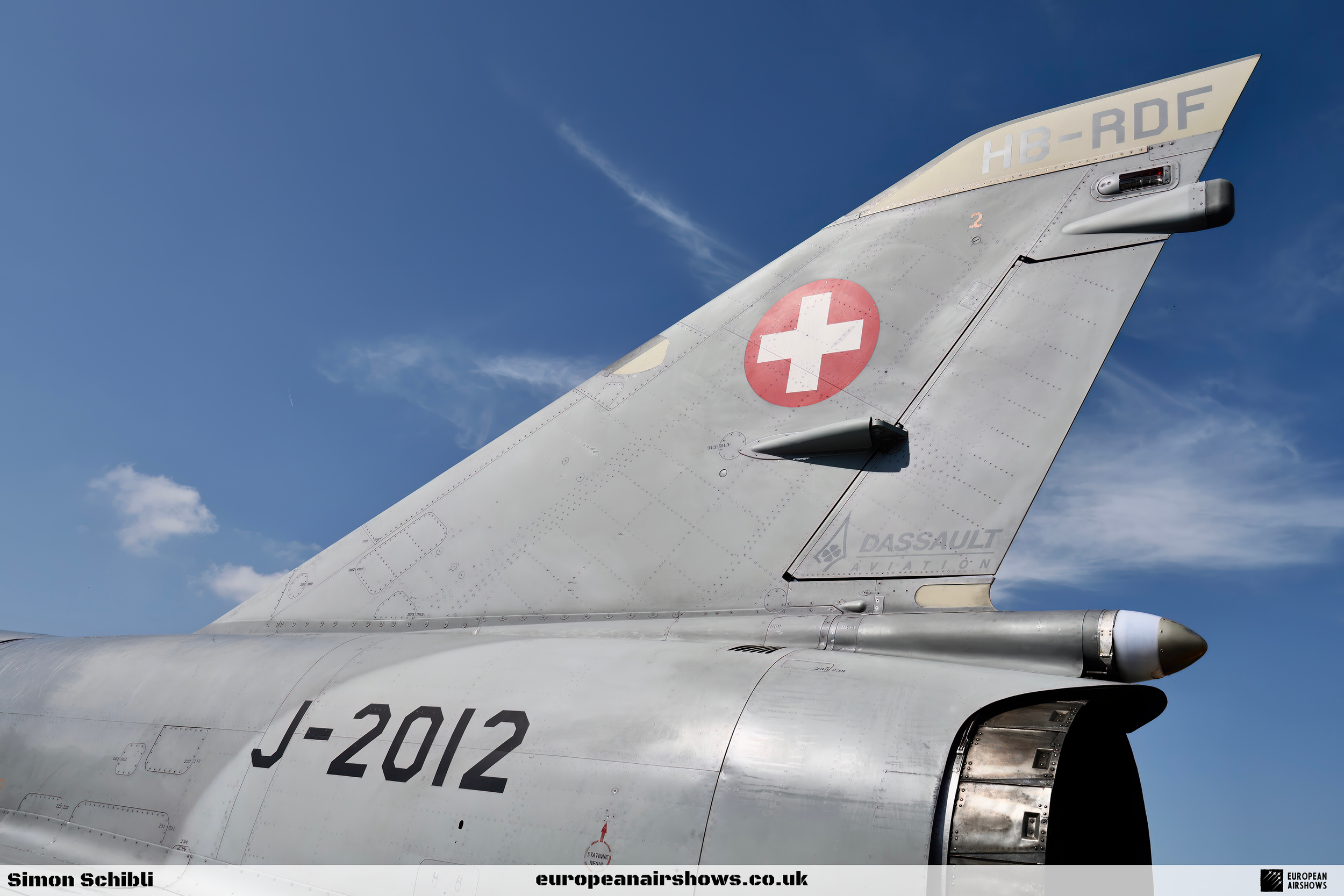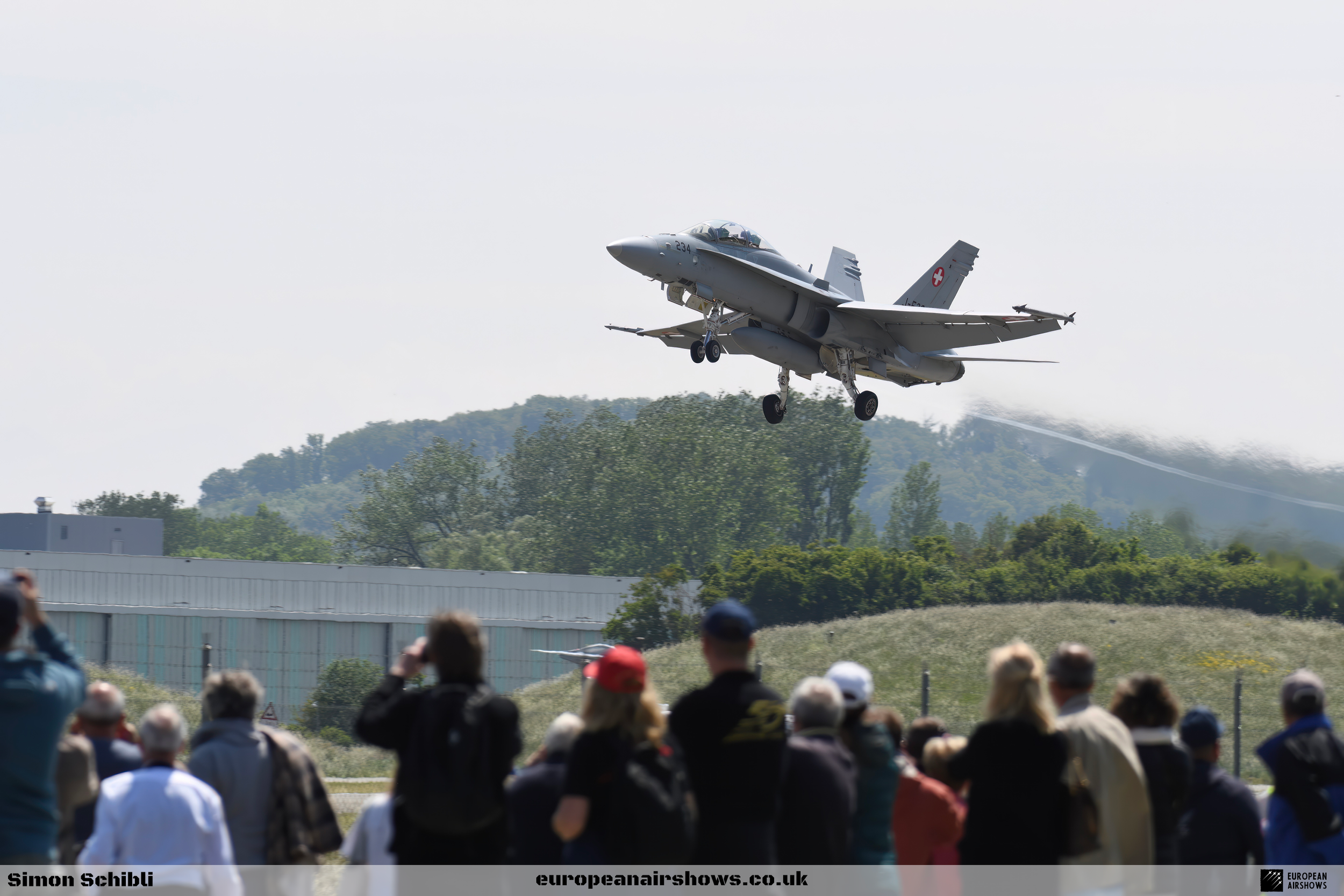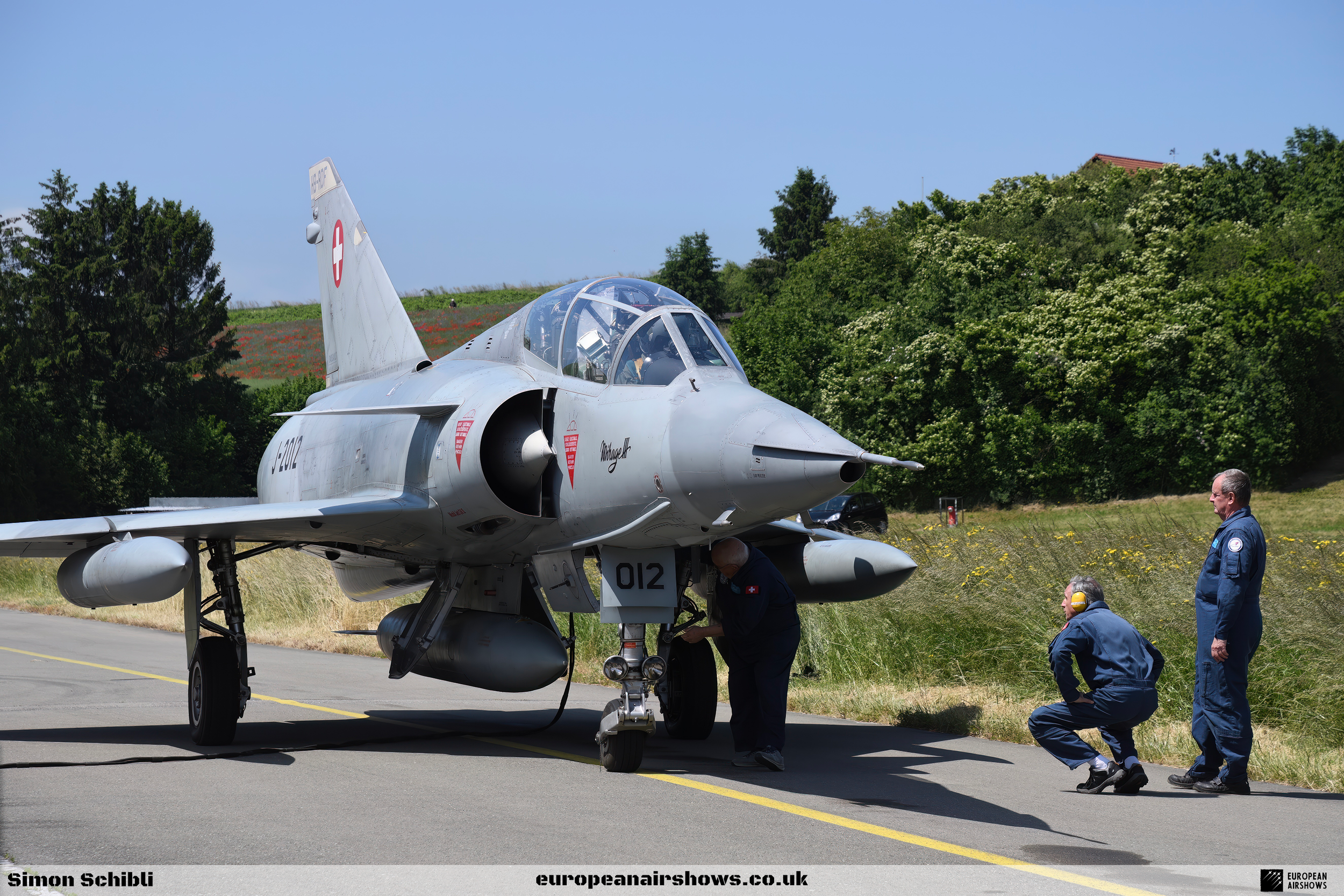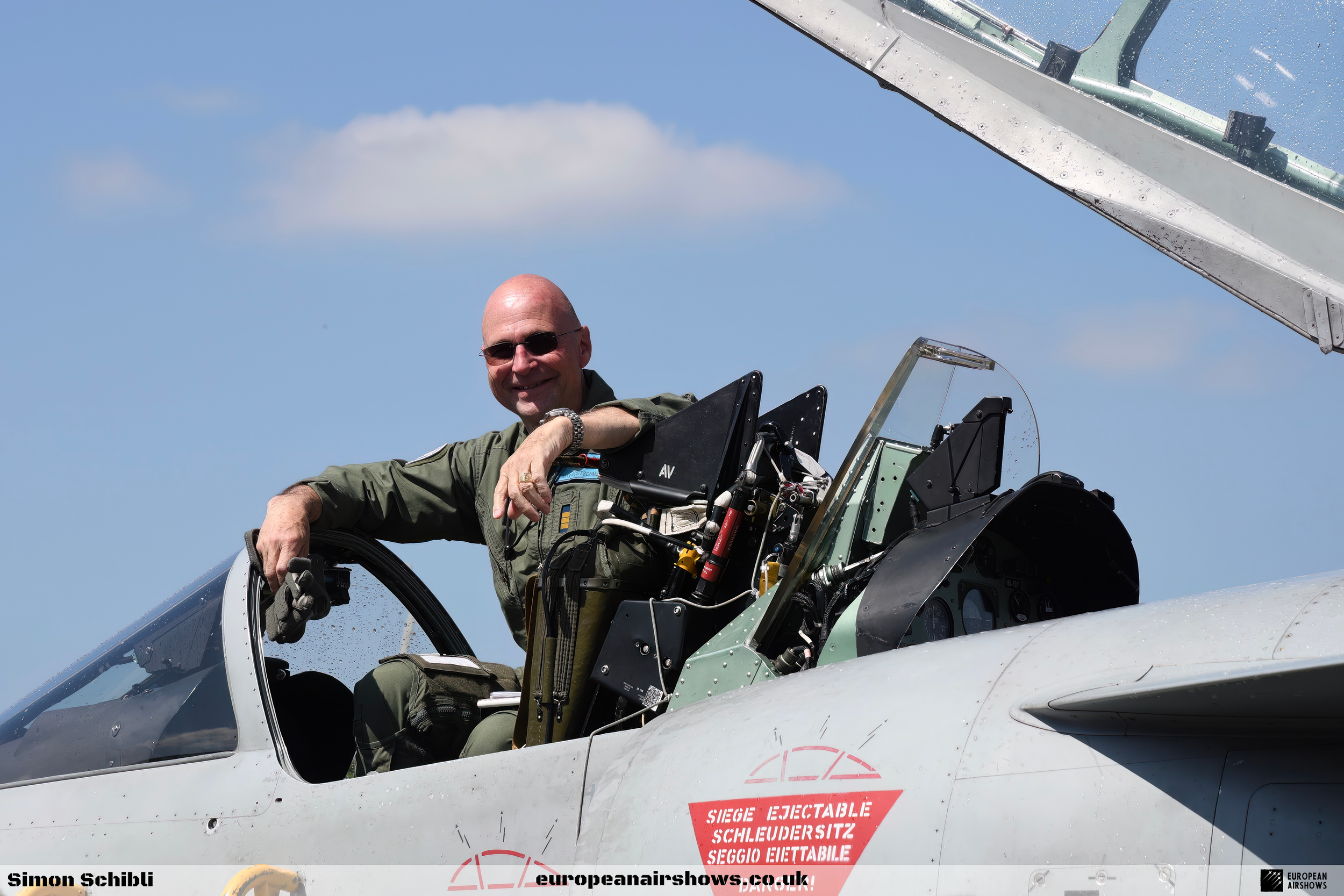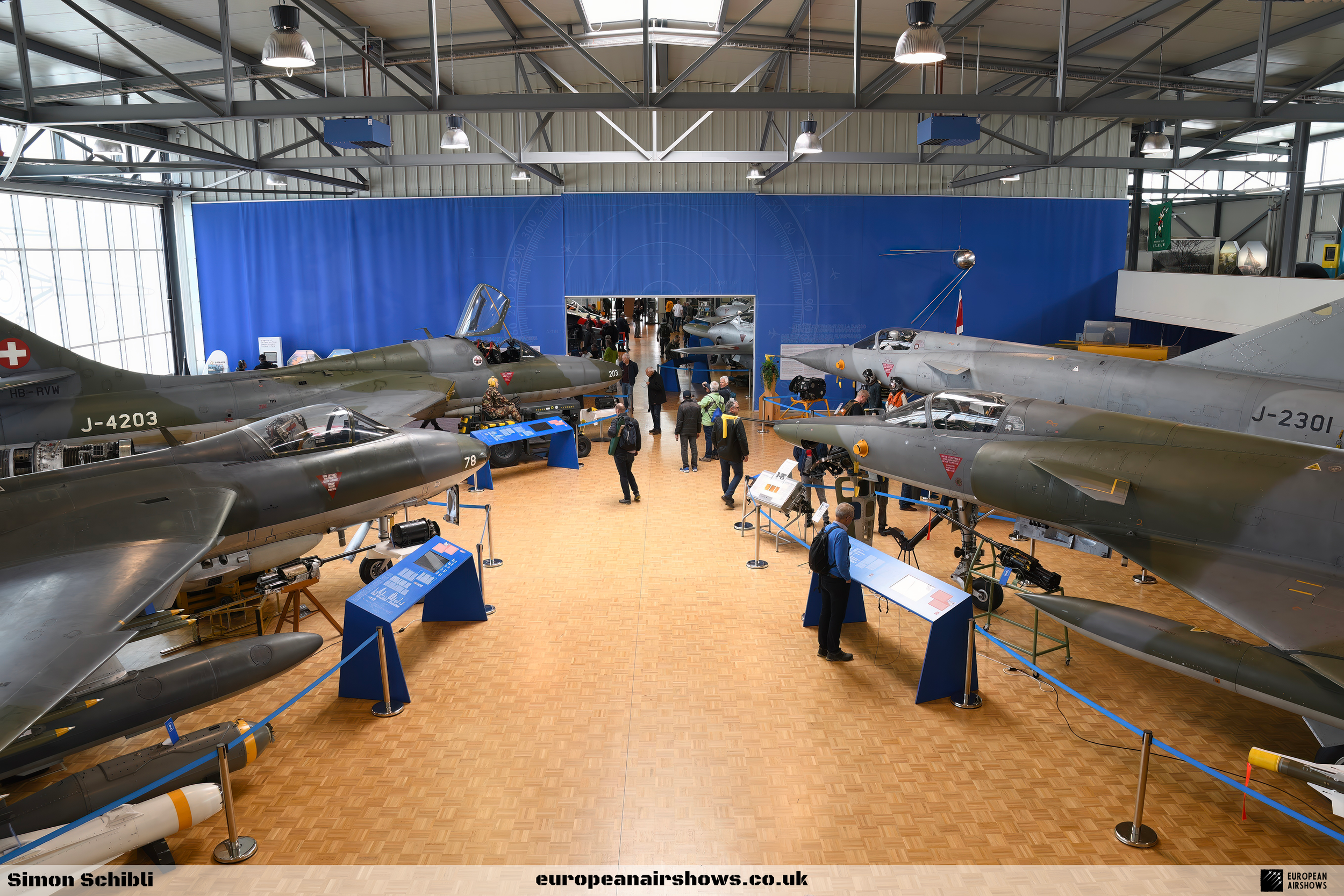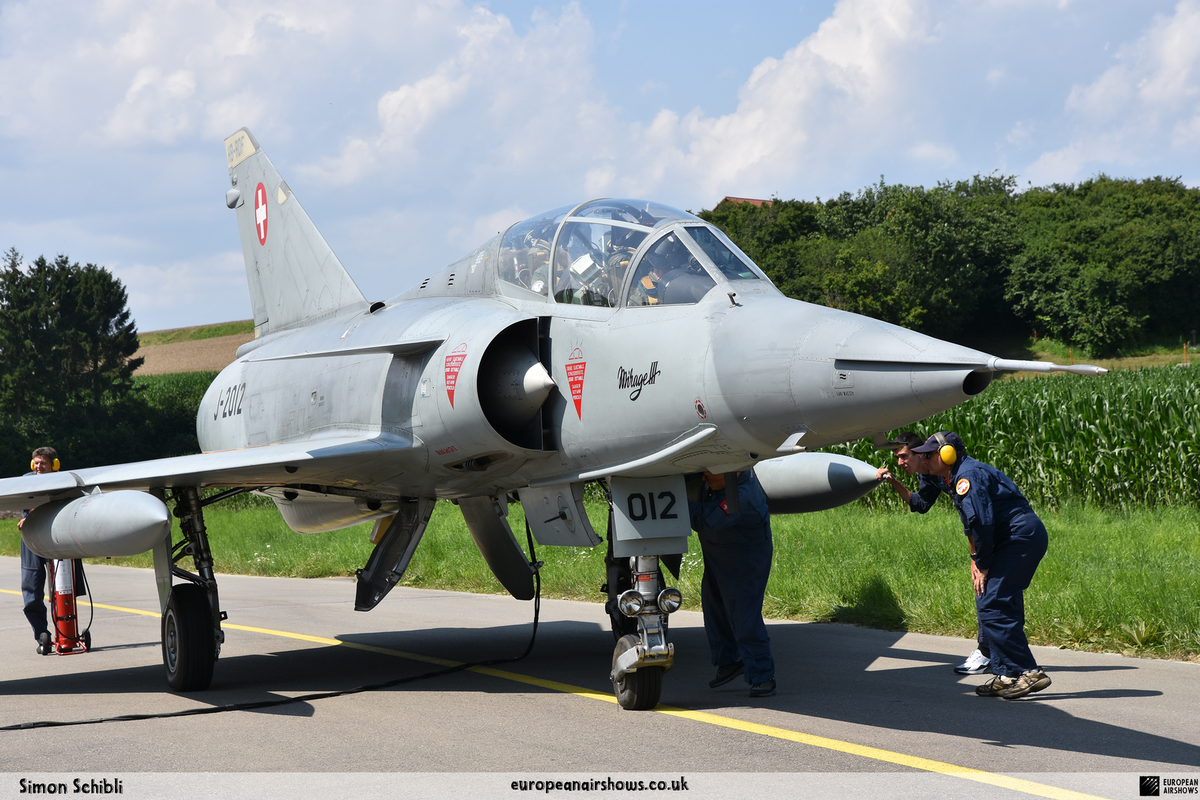
Mirage IIIDS HB-RDF
About the Aircraft
The Dassault Mirage III is a renowned family of single or dual-seat, single-engine fighter aircraft developed by the French aircraft manufacturer Dassault Aviation. Initiated in response to a 1952 French government specification for a lightweight, all-weather interceptor, the Mirage III project evolved from the initial Mirage I prototype, which demonstrated promising speeds of Mach 1.6 during flight tests in 1954. Recognizing the need for a larger and more capable aircraft, Dassault abandoned the Mirage II proposal in favor of a design powered by the advanced Snecma Atar afterburning turbojet engine. The first major production variant, the Mirage IIIC, took its maiden flight in October 1960 and entered operational service with the French Air Force in July 1961, soon followed by numerous other variants tailored for diverse roles such as training, reconnaissance, and ground-attack missions. Notably, the Mirage III became the first Western European combat aircraft to exceed Mach 2 in horizontal flight on October 24, 1958.
The Mirage III achieved significant international success, being exported to a wide array of countries including Argentina, Australia, South Africa, Pakistan, and Israel. License production was undertaken in Australia by Government Aircraft Factories (GAF) and in Switzerland by F+W Emmen, leading to localized variants like the Mirage IIIO and Mirage IIIS, respectively. These exports were bolstered by the aircraft’s versatility, robust performance, and relatively low cost, making it a favored choice for many air forces around the world. The aircraft’s adaptability allowed it to serve effectively in multiple combat roles, with extensive modification and upgrade programs such as Pakistan’s Project ROSE enhancing its longevity and continued relevance. Additionally, the Mirage III spawned several derivatives, including the Mirage 5 and the Israel Aircraft Industries’ Nesher and Kfir, further cementing its legacy in aviation history.
Operationally, the Mirage III proved its mettle in numerous conflicts, most notably with the Israeli Air Force, which employed the aircraft in the Six-Day War and the Yom Kippur War, achieving significant air-to-air combat successes. South Africa utilized the Mirage III extensively during the Border War, and Argentina deployed the Mirage IIIEA during the Falklands War, despite limitations in aerial refueling capabilities. The aircraft remained in service with the French Air Force until 1988 and continued to be a formidable presence in the fleets of several other nations for decades. Its enduring design, combined with continuous upgrades and adaptations, ensured that the Mirage III remained a capable and respected fighter aircraft long after its initial introduction, highlighting Dassault Aviation’s achievement in creating a versatile and high-performance jet that left a lasting impact on military aviation.
Specifications
Crew
1 or 2
Length
15.03 m (49 ft 4 in)
Wingspan
8.22 m (27 ft 0 in)
Height
4.5 m (14 ft 9 in)
Max Speed
2,350 km/h (1,460 mph, 1,270 kn)
Combat range
1,200 km (750 mi, 650 nmi)
Service Ceiling
17,000 m (56,000 ft)
Rate of climb
83 m/s (16,400 ft/min)
Mirage IIIDS
The Dassault Mirage IIIDS was a specialized two-seat trainer variant of the Mirage III family, developed exclusively for the Swiss Air Force. Originating from Switzerland’s ambition to domestically produce a versatile fighter aircraft, the Mirage IIIDS was manufactured under license by F+W Emmen (now RUAG) in Emmen, Switzerland. Building upon the Mirage IIIE airframe, the IIIDS was tailored to meet the specific training requirements of the Swiss Air Force, incorporating modifications that enhanced its utility as a trainer while maintaining the performance characteristics inherent to the Mirage series. Only two Mirage IIIDS aircraft were delivered to Switzerland in 1983, marking a significant milestone in the nation’s aviation capabilities.
The Mirage IIIDS featured several adaptations to accommodate its role as a training aircraft. Unlike its single-seat counterparts, the IIIDS was equipped with a second cockpit, allowing an instructor and a trainee to operate the aircraft simultaneously. This configuration facilitated comprehensive pilot training, enabling instructors to provide real-time guidance and feedback during flight exercises. Additionally, the Mirage IIIDS retained essential avionics and systems from the Mirage IIIE, ensuring that trainees received hands-on experience with the advanced technologies and operational procedures of a high-performance jet fighter. The robust airframe modifications, including strengthened wings and undercarriage, ensured that the Mirage IIIDS could withstand the rigorous demands of training missions, while maintaining the agility and speed that characterized the Mirage III series.
Operationally, the Mirage IIIDS served the Swiss Air Force until the early 2000s, playing a crucial role in preparing pilots for various combat and interception missions. Throughout its service life, the Mirage IIIDS benefited from several upgrade programs aimed at extending its operational relevance and enhancing its training capabilities. Notably, in 1988, the aircraft underwent significant enhancements, including the installation of canards designed by RUAG Aerospace and the integration of a Martin-Baker-built ejection seat, which improved both performance and pilot safety. Defensive measures such as the TRACOR AN/ALE-40 chaff/flare dispenser were also added to equip the aircraft with modern countermeasure systems. The Mirage IIIDS continued to be a cornerstone of Swiss pilot training until its retirement in 2003, reflecting its enduring design and the strategic foresight of Switzerland’s defense planning.
Did You Know?
- The Mirage IIIDS was constructed in 1982 and officially entered service with the Swiss Air Force on May 18, 1983, with the serial number J-2012.
- After its retirement from active service, J-2012 was stored until 2004, when it was placed on display at Payerne Air Base.
- J-2012 was restored to airworthy condition and received a civilian registration of HB-RDF, allowing it to fly with passengers starting September 16, 2008.
- The Mirage III was the first Western European combat aircraft to exceed Mach 2 in horizontal flight, achieving this milestone on October 24, 1958.
- The Mirage III family was developed in response to a French government specification issued in 1952 for a lightweight, all-weather interceptor.
Test Your Knowledge
1. When was the Mirage IIIDS J-2012 officially taken on strength by the Swiss Air Force?
Performer Information
The Mirage IIIDS HB-RDF has an intriguing history that reflects both the evolution of military aviation and the passion for preserving aviation heritage. Originally built in 1982, this aircraft was designated as a Mirage IIIDS and officially joined the Swiss Air Force on May 18, 1983, under the serial number J-2012. It served with Flieger Staffel 16, contributing to the air defense capabilities of Switzerland during its active years.
After its retirement, J-2012 was put into storage until 2004, when it was brought out for public display at Payerne Air Base. It was a brief exhibition, lasting only a year, before the aircraft was sold to the Musée de l’Aviation Militaire de Payerne in 2005. The museum undertook a significant restoration project, working diligently to return the Mirage to an airworthy condition. Once restored, it received a civilian registration, HB-RDF, marking a new chapter in its life.
The aircraft’s first flight with a passenger took place on September 16, 2008, after four years of meticulous restoration. For the next 15 years, HB-RDF became a beloved fixture at airshows across Europe, delighting aviation enthusiasts and showcasing the capabilities of the iconic Mirage III design.
However, as time passed, the aircraft faced challenges typical of aging military hardware. The Swiss Federal Office of Civil Aviation ultimately decided not to renew its flight permit due to concerns over the age of its engine and other critical components. This decision led to the cancellation of the entire 2023 flight campaign, effectively ending the Mirage’s operational life in the civilian sector. The last chance to see HB-RDF in action at an airshow was during the Luxeuil Air Show in France in 2021.
In a final nod to its storied past, Clin d’ailes Payerne was granted a special exemption to conduct two farewell flights on May 25, 2023. These flights marked a poignant conclusion to the Mirage’s flying days, after which HB-RDF was permanently grounded and transitioned to static display. Now, it stands as a testament to both the engineering marvel of the Mirage III and the dedication of those who worked to keep its legacy alive.
Inactive Status
The aircraft’s aging engine and components resulted in the non-renewal of its flight permit

